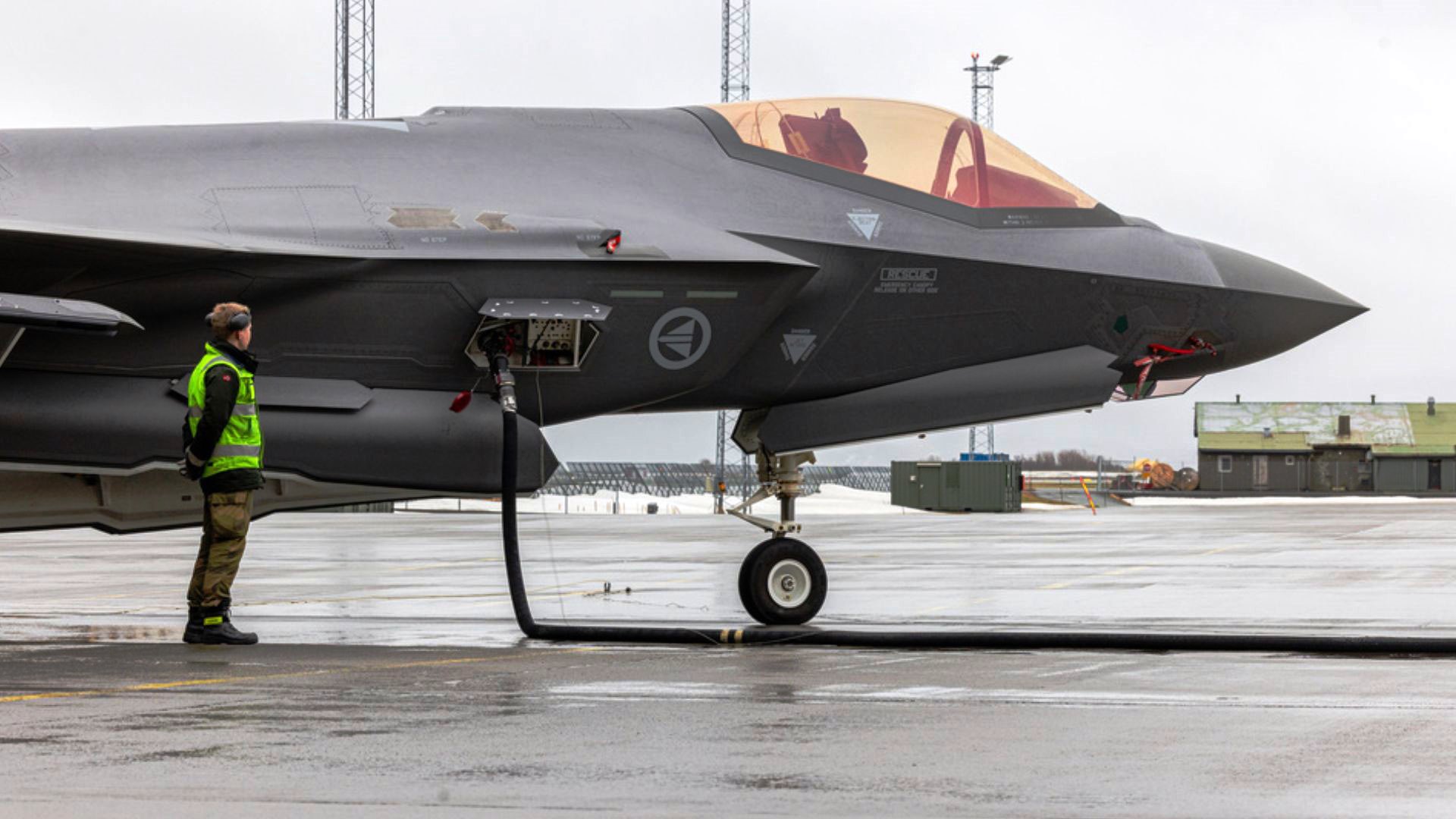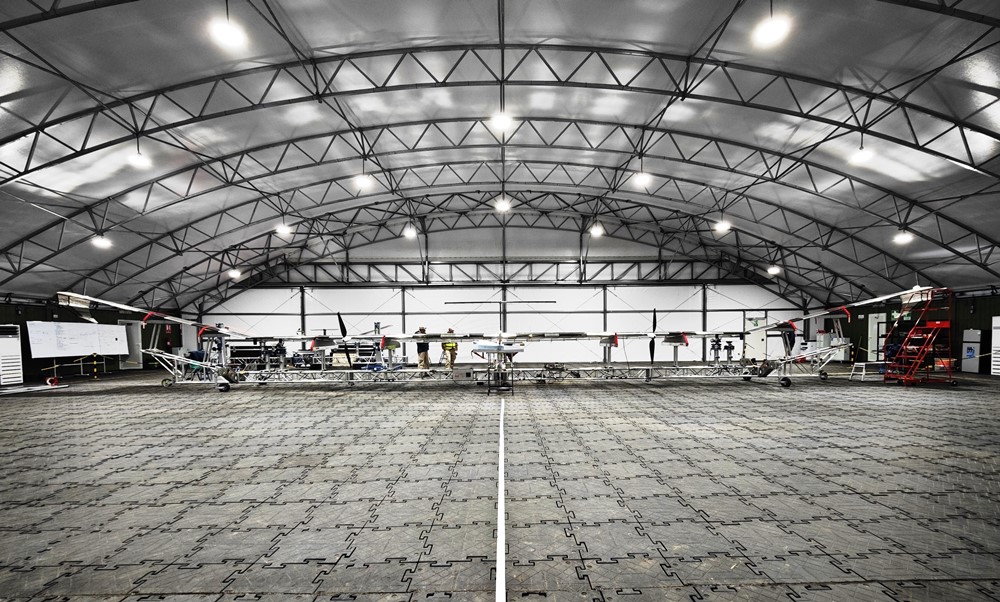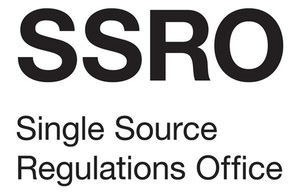Lockheed Martin approves use of SATF for F-35s

Image courtesy Lockheed Martin
Chauncey McIntosh, vice president and general manager of the F-35 programme at Lockheed Martin said: “Lockheed Martin is committed to ensuring the F-35 is always ready for any customer mission.
“Adding new fuel sources helps make this happen by diversifying the supply chain while maintaining operational excellence. As the cornerstone of the joint fleet, the F-35 will continue to lead the US and allied air dominance mission for decades to come."
The approval allows F-35s to operate with synthetic blends at currently approved limits of up to 50%, depending on the type of raw materials and production pathway, combined with conventional jet fuel.
Lockheed Martin completed comprehensive technical and strategic analysis to ensure SATF meets the strict performance and reliability standards required for the F-35’s complex, high-demand missions.
The integration of SATF also supports the US Department of Defense’s objectives for energy substitution and diversification while enhancing energy resilience and operational flexibility.
SATFs are derived from various raw materials, including fossil-based sources such as coal and natural gas, as well as renewable or sustainable sources like waste oils, agricultural residues and other non-fossil-based sources.
More than 1,100 F-35s are currently operational around the globe and the fleet has surpassed 971,700 flight hours. F-35s operate from 33 bases worldwide, including 10 nations operating on home soil.














